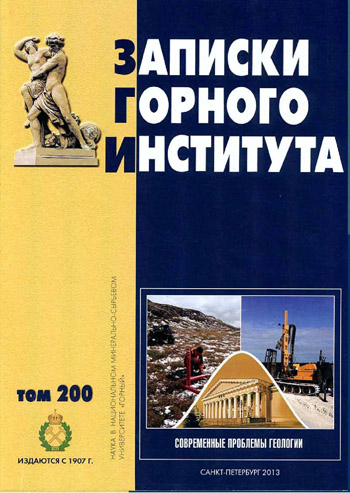Similarity and difference in structure of the Ural and Paikhoy-Novaya-Zemlia fold belts
- 1 — Ph.D., Dr.Sci. professor National Mineral Resources University (Mining University)
- 2 — post-graduate student National Mineral Resources University (Mining University)
- 3 — Ph.D. chief geologist State Sevmorgeo Company
- 4 — Ph.D. leading specialist State Sevmorgeo Company
Abstract
Characteristic features of deep structure and composition of Ural (UFB) and Paikhoy-Novaya-Zemlia (PNZFB) fold belts, which were investigated with the use of results of geological and geophysical investigations along reference geophysical profiles (geotransects) are considered. In the structure of Uralian deep sections typical elements of collisional orogen are distinguished: deformed margin of submerged plate, suture zone and deformed margin of override plate. Participation in the process of the Late Paleozoic collision more than «Baltic» и «Kazakhstan» plates, but micro plates of continental type lead to complication of typical model of collision orogen due to inclusion into the UFB deep structure additional blocks and suture zones. PNZFB zonality is not typical for classical collision orogens. Fold-thrust belt on the «Svalbard» plate margin is modeled in its deep section. Intensity of the fold-thrust deformations decreases to relict oceanic basin, which is modeled in the basement of the South-Kara sedimentary depression.
References
- Egorov А.S. Model deep structure of collision orogen of Uralian type // General problems of tectonics. Tectonics of Asia: Materials of XXXIII Tectonics conference. Moscow:GEOS, 2000. P.171-175
- Egorov А.S. Deep structure and geodynamics of the North Eurasia lithosphere (according to the results of geological -geophysical modeling along global geoscience transects of Russia). Saint Petersburg: VSEGEI publishinghouse, 2004. 200 p.
